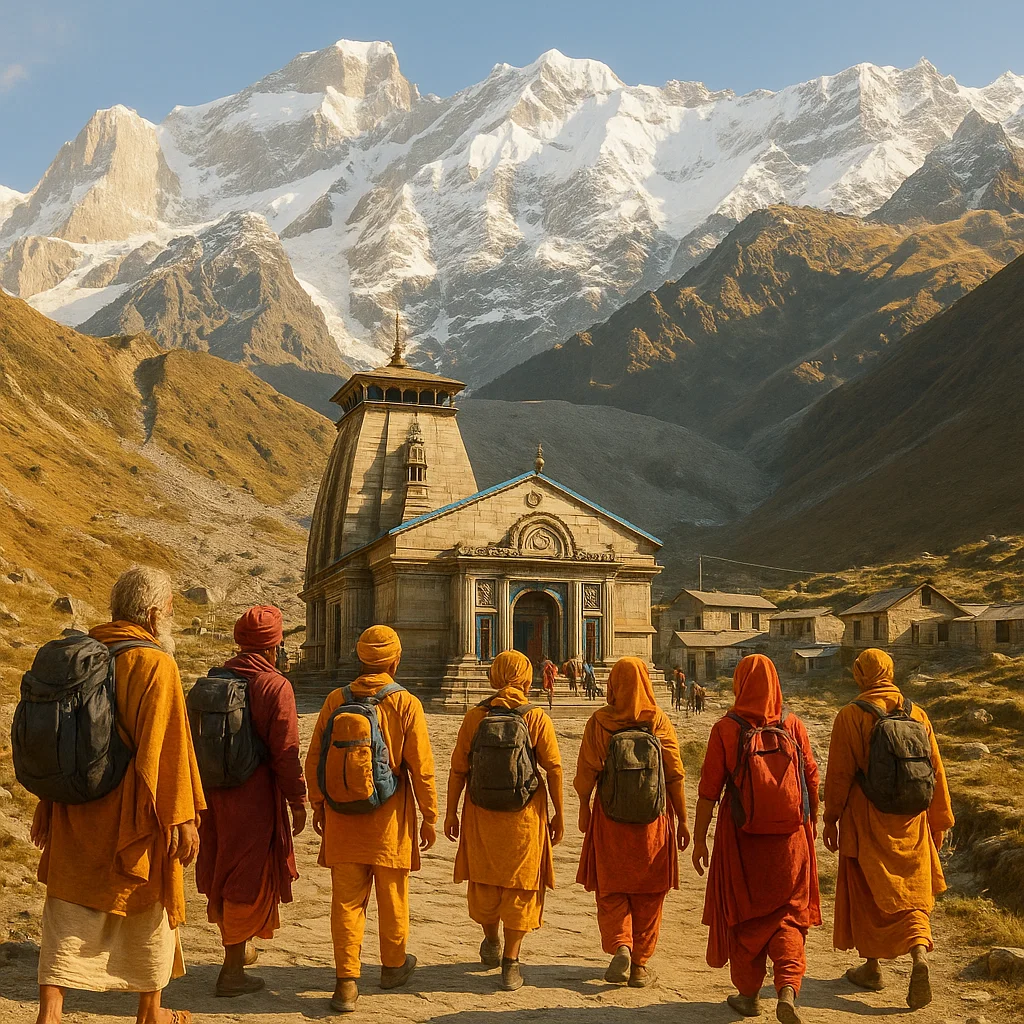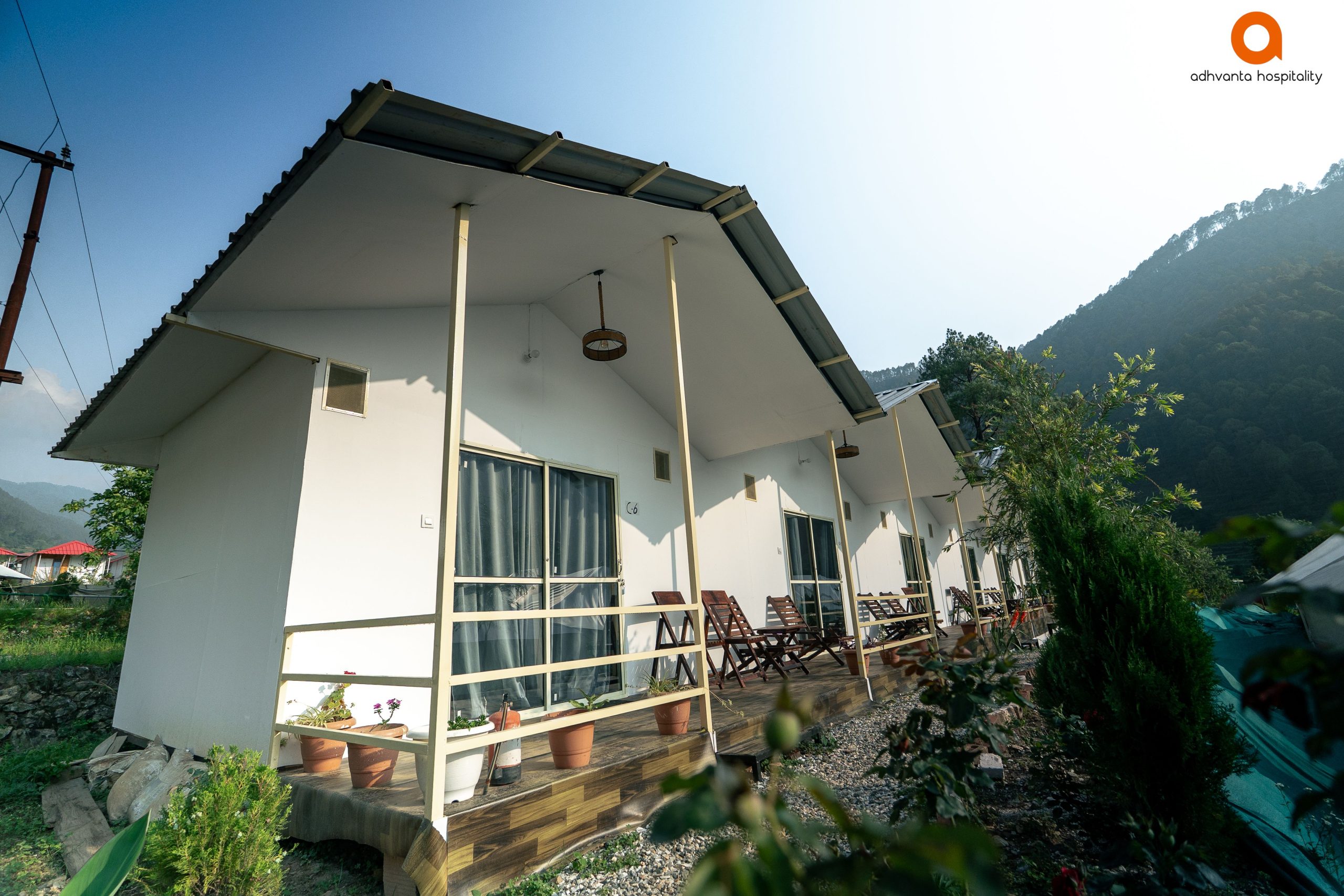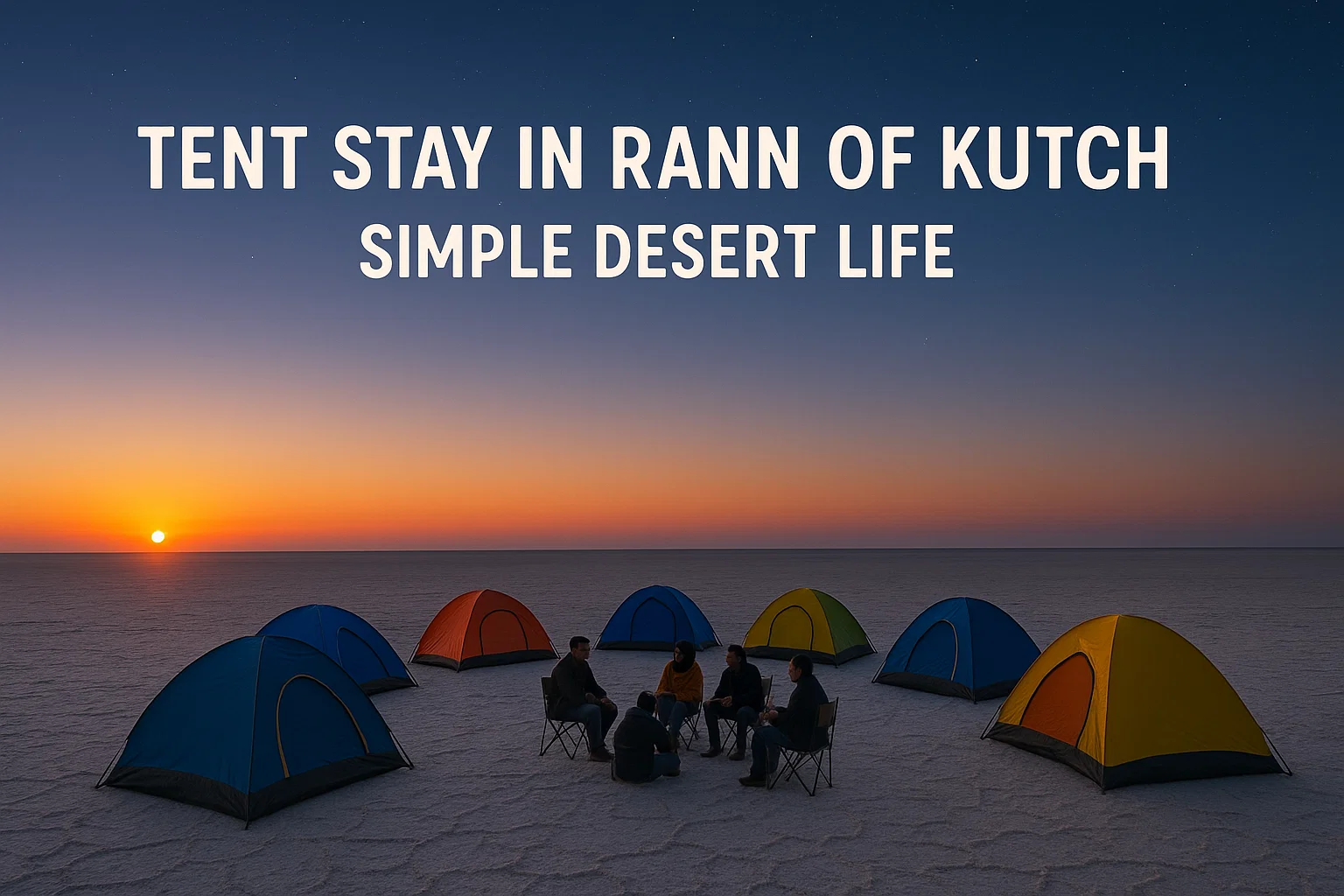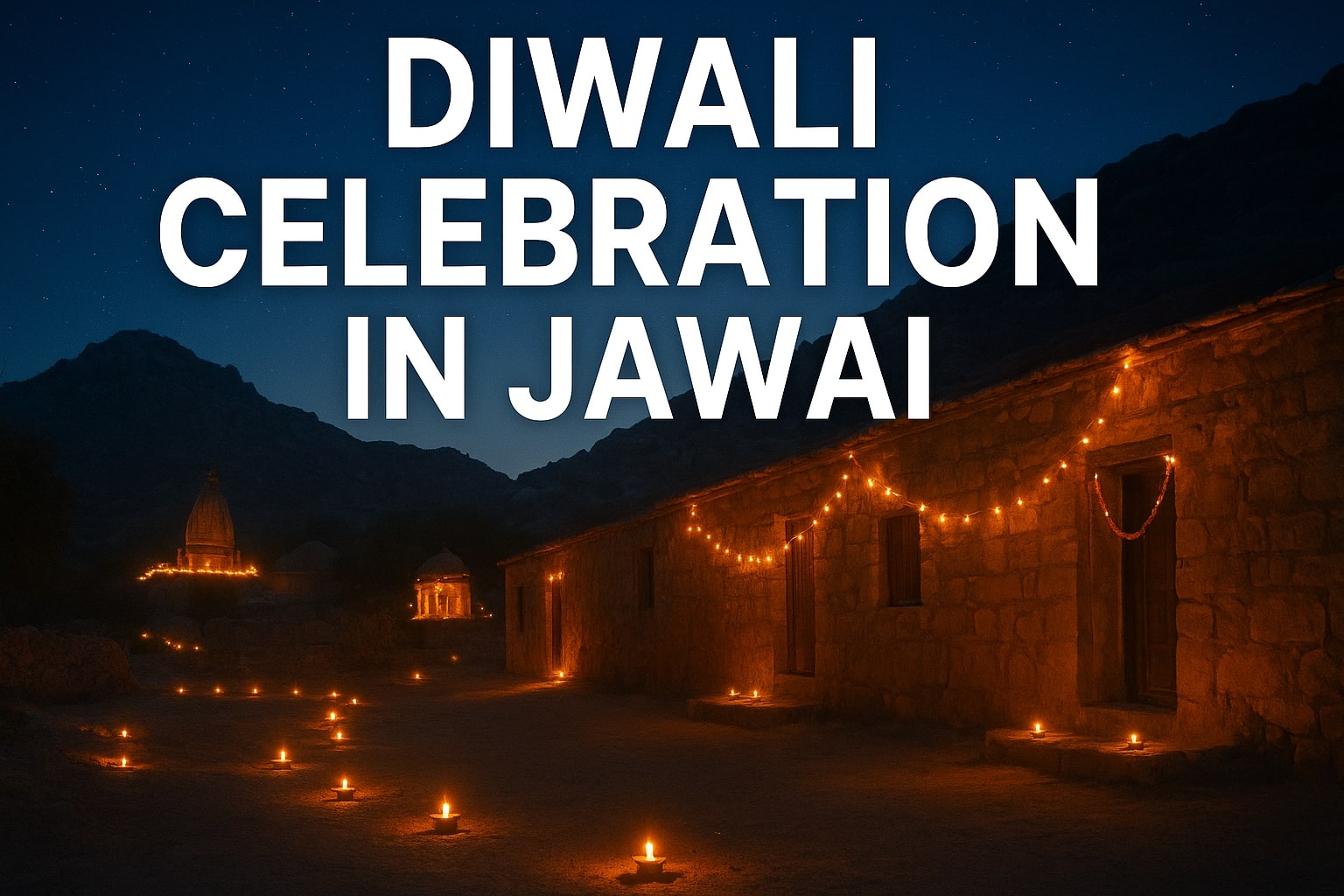The Chardham Yatra—visiting Yamunotri, Gangotri, Kedarnath, and Badrinath in Uttarakhand’s Himalayas—is much more than a pilgrimage. It’s a life-altering spiritual odyssey blending devotion, nature, culture, and personal transformation. Here’s a detailed take on why this yatra is so impactful.
1. Spiritual Purification & Divine Connection
-
Forgiveness for past sins by taking holy dips in Yamuna and Ganga, and worshipping Shiva and Vishnu—believed to cleanse the soul and pave the way for liberation (moksha)
-
Each dham corresponds to a major deity: Yamunotri (Yamuna), Gangotri (Ganga), Kedarnath (Shiva), Badrinath (Vishnu)
-
These shrines, rooted in ancient mythology and Adi Shankaracharya’s tradition, hold immense spiritual energy en.wikipedia.org.
2. A Test of Faith & Physical Endurance
-
The journey — through steep trails, unpredictable weather, high altitudes—challenges body and mind, crafting resilience, humility, and devotion .
-
It’s a ritual of surrender: facing discomfort to deepen your faith and purpose
3. Inner Transformation & Self-Reflection
-
Trekking away from routine and digital distractions brings contemplative silence. The Himalayan stillness fosters mindfulness, gratefulness, and spiritual awakening .
-
Many pilgrims speak of profound changes—a renewed perspective, emotional clarity, and a deeper sense of life’s meaning.
From a Kedarnath trekker:
“When I first saw the temple, I felt energy in every part of the body. … Never ever experienced such a thing before” And later: “I exploded in tears… It was the beginning of a new chapter. He has been blessing me ever since.”
4. Immersive Natural & Cultural Encounter
-
Travel through lush valleys, roaring rivers, snow‑capped peaks, peaceful confluences (Prayags), and cascading waterfalls—pure Himalayan splendor .
-
Engage with local Garhwali culture: folk music, mountain sages (sadhus), traditions, and more—creating a cultural tapestry of shared devotion .
5. Fellowship & Shared Humanity
-
The yatra brings together travelers of every age and background. The shared journey fosters empathy, connection, and a sense of community
-
From group prayers to communal meals, you become part of something greater than yourself.
6. Lasting Life Lessons
-
When you return home, the yatra’s teachings carry on: living with awareness, gratitude, resilience in adversity, acceptance of impermanence, and a grounded purpose .
-
The journey becomes a lifelong process of spiritual growth, not just a religious obligation
7. Practical Guidance & Preparation
-
Best time: May–October, when mountain passes open (they close after Diwali/Bhai Dooj)
-
Preparation: Build stamina with trekking practice; pack smart—warm layers, sturdy shoes, hydration.
-
Travel options: Road, helicopter, or guided yatra packages ensure ease, especially for seniors
🧭 Summary
| Dimension | Impact |
|---|---|
| Spiritual | Purification, divine blessings, moksha aspiration |
| Physical | Strength, resilience, discipline |
| Mental | Mindfulness, introspection, emotional balance |
| Cultural | Heritage immersion, sage wisdom, mountain lore |
| Communal | Shared devotion, empathy, network of seekers |
| Lifelong | Gratitude, presence, acceptance, service |
Final Words
The Chardham Yatra is more than just a religious journey—it’s a transformative expedition, where every hardship becomes a doorway to growth, every vista inspires awe, and every ritual rekindles your inner light. Whether it’s your first pilgrimage or a return to your roots, this journey imprints your soul and reshapes your path.







